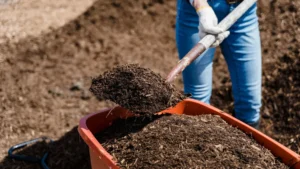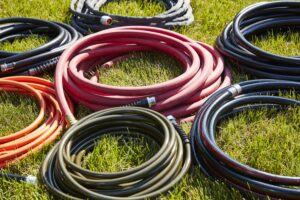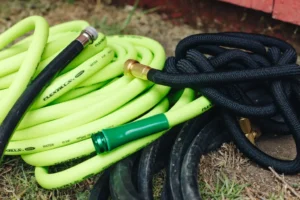Transform Your Space: Innovative Vertical Garden Ideas for Every Home
Vertical gardens have revolutionized how we think about greenery in limited spaces, turning ordinary walls into lush, living tapestries. Whether you’re looking to maximize a small urban balcony or create a stunning focal point in your landscape, vertical gardening offers versatile solutions that combine aesthetics with functionality. This guide explores creative approaches to vertical gardening, from simple DIY projects to sophisticated systems that can transform any vertical surface into a thriving plant habitat.
Understanding Vertical Gardens: Beyond Traditional Boundaries
Vertical gardens, also known as living walls or green walls, redefine traditional gardening by utilizing vertical space rather than horizontal ground area. This innovative approach enables plant cultivation in previously unused spaces, making greenery accessible even in the most confined environments.
“Vertical gardens represent a significant shift in how we conceptualize growing spaces,” explains Maria Rodriguez, landscape architect and vertical garden specialist. “They allow us to reclaim urban spaces for nature, improving air quality and bringing vital biophilic elements into our daily environments.”
The benefits extend beyond mere space efficiency. Vertical gardens can:
- Improve air quality by filtering pollutants
- Provide natural insulation, reducing energy costs
- Dampen noise pollution in urban environments
- Create habitat for beneficial insects and pollinators
- Offer psychological benefits through increased connection with nature
- Enhance property values with distinctive aesthetic appeal
Different Types of Vertical Gardens: Finding Your Perfect System
Vertical gardens come in various forms, each with specific advantages suited to different environments and gardening goals. Understanding these systems helps in selecting the right approach for your space and maintenance capabilities.
1. Pocket Systems
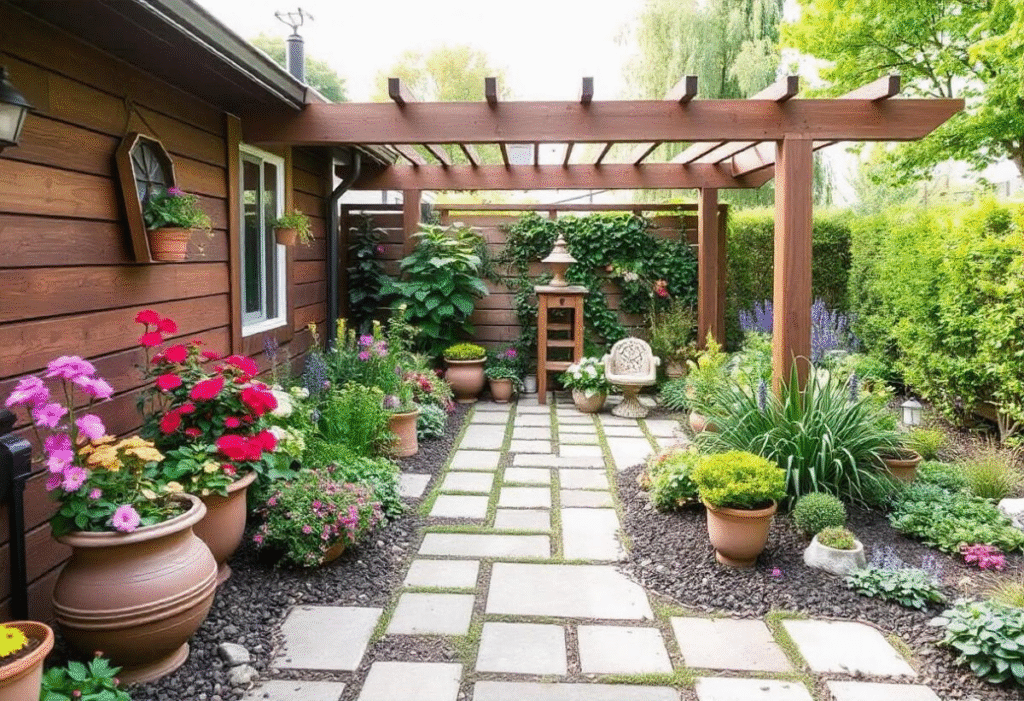
Pocket systems utilize fabric or rigid pouches attached to a backing structure, creating individual planting cells. These systems are lightweight and highly adaptable to different wall types.
Materials Needed:
- Specialized pocket panels or repurposed shoe organizers
- Backing board (weather-resistant for outdoor use)
- Potting mix formulated for vertical applications
- Drip irrigation components (optional but recommended)
- Plants suitable for pocket depth
Best For: Annual flowers, herbs, leafy greens, and shallow-rooted plants.
Maintenance Level: Moderate – requires regular checking for pocket integrity and potential dry spots.
2. Modular Panel Systems
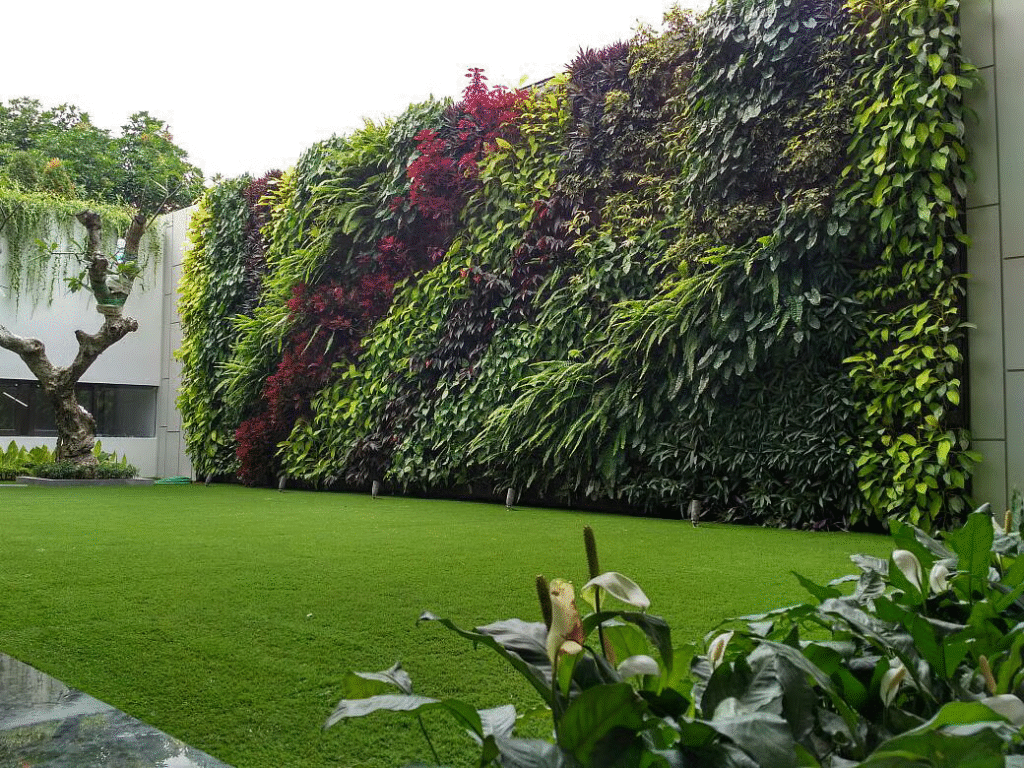
These pre-fabricated panels come ready to install and plant, offering structural support and integrated irrigation. They represent the most professional-looking option with the highest success rate.
Popular Variations:
- Hydroponic panels with soilless growing medium
- Soil-based modular trays that lock together
- Recycled plastic panels with integrated water reservoirs
Best For: Long-term installations, professional applications, and locations requiring consistent visual appeal.
Maintenance Level: Low to moderate – professional systems often include automated irrigation and monitoring.
3. Trellis and Vine Systems
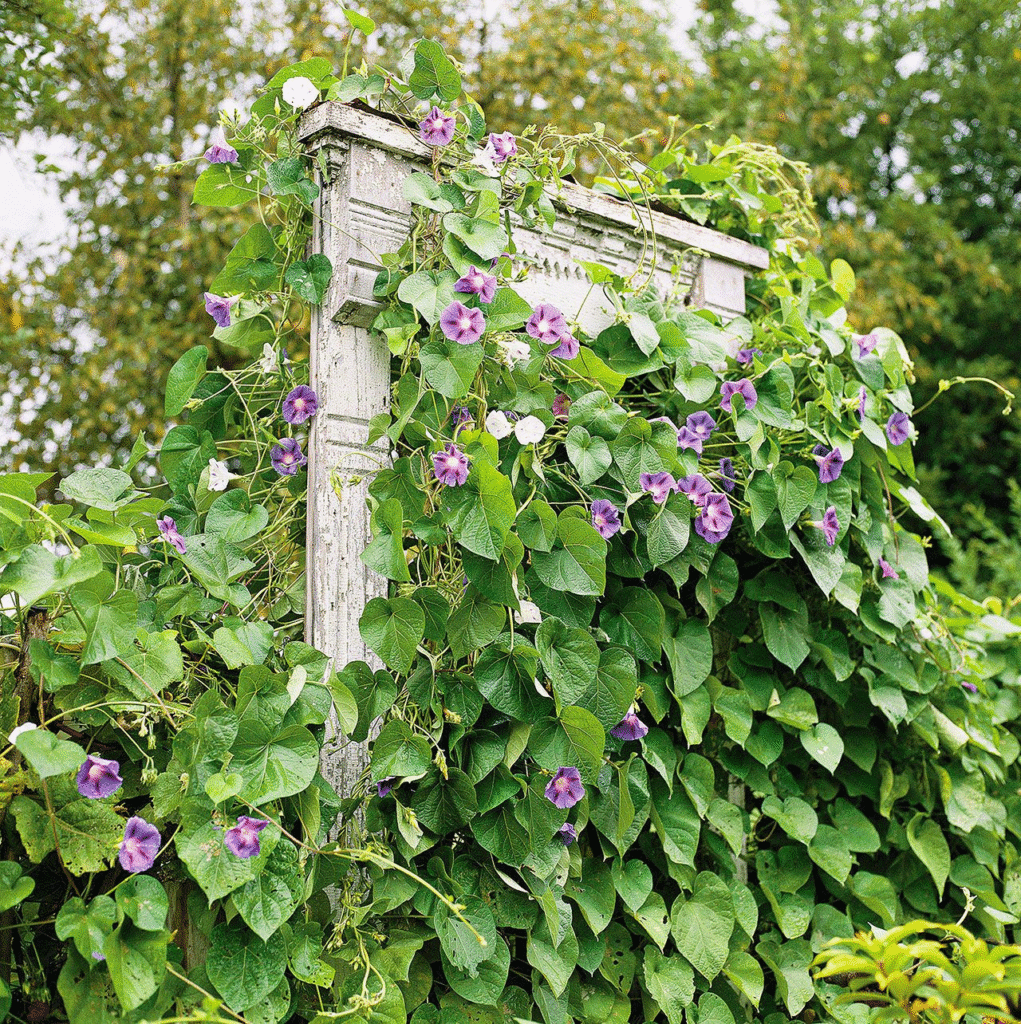
The most traditional approach to vertical gardening utilizes climbing plants with supportive structures. These systems require minimal infrastructure but depend on appropriate plant selection.
Support Options:
- Wire grid systems anchored to walls
- Decorative metal or wooden trellis panels
- Tension cable systems for clean, minimalist aesthetics
- Repurposed materials like ladders or bed springs
Best For: Perennial climbers, flowering vines, and edible crops like beans, peas, and some squash varieties.
Maintenance Level: Low – once established, climbing plants typically need only seasonal pruning and occasional redirection.
4. Container Wall Systems
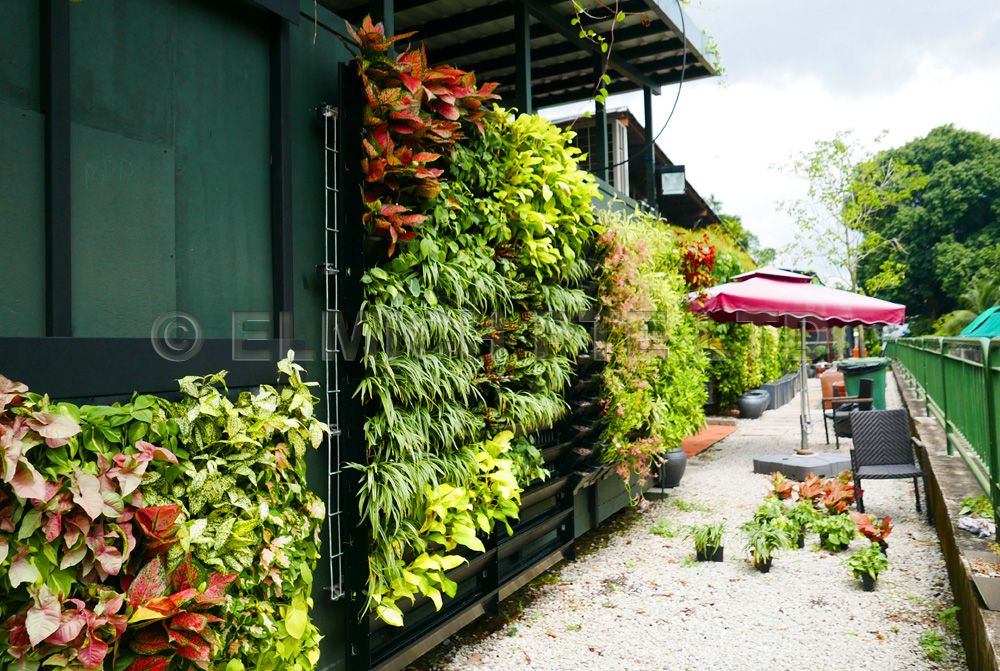
This approach uses stacked or mounted containers to create a unified display while keeping plants in individual vessels. It offers exceptional flexibility for changing displays and simplified maintenance.
Container Options:
- Wall-mounted planters in geometric arrangements
- Stacking pot systems with integrated drainage
- Recycled materials like rain gutters, pallets, or metal cans
- Specialized wall-hanging pots with angled designs to prevent soil spillage
Best For: Frequent redesign, seasonal displays, and plants requiring different soil conditions.
Maintenance Level: Moderate – individual containers may need more frequent watering but are easy to replace or maintain.
Vertical Garden Design for Home: Creating Your Living Artwork
The most successful vertical gardens balance aesthetic vision with practical considerations. Home gardeners should approach vertical garden design with both beauty and functionality in mind.
Location Assessment
Before installing any vertical garden, evaluate your site carefully:
Light Conditions: Map sunlight patterns throughout the day and seasons. Most edible plants require 6+ hours of direct sun, while many ornamentals can thrive in partial shade.
Structural Support: Ensure your wall or supporting structure can handle the weight. Living walls can become extremely heavy, especially when saturated with water.
Water Access: Proximity to water sources will determine your irrigation options and ongoing maintenance requirements.
Viewing Distance: Consider whether your garden will primarily be viewed up close or from a distance, affecting plant selection and pattern design.
Design Principles for Visual Impact
Create Depth: Combine plants with different growth habits – trailing, upright, and spreading – to create dimensional interest.
Consider Seasonal Change: Include plants with varied seasonal interest to ensure year-round appeal. Fall color, winter structure, spring flowers, and summer foliage can all play roles in your design.
Plant in Patterns: Rather than random placement, group plants in intentional patterns:
- Blocks of single species create bold visual statements
- Diagonal lines draw the eye across the garden
- Curves and flowing patterns create a naturalistic effect
- Geometric designs offer contemporary appeal
Color Theory in Practice: Apply basic color principles to your plant palette:
- Complementary colors (opposite on the color wheel) create vibrant contrast
- Analogous colors (adjacent on the color wheel) create harmonious, cohesive schemes
- Monochromatic designs using various shades of a single color create sophisticated, elegant displays
Plant Selection Strategy
Successful vertical gardens depend on appropriate plant selection. Consider these factors:
Root System Compatibility: Choose plants with root systems suited to your container depth.
Growth Rate Harmony: Combine plants with similar growth rates to prevent aggressive species from overtaking slower growers.
Water Requirements: Group plants with similar water needs together to prevent over or under-watering.
Maintenance Profiles: Be realistic about maintenance – mixing high and low-maintenance plants can lead to inconsistent care.
Indoor Vertical Garden Considerations
Indoor vertical gardens present unique challenges and opportunities:
Light Supplementation: Most indoor locations lack sufficient natural light for plant health. Consider supplemental lighting with:
- LED grow lights with appropriate spectrum for your plant selection
- Timer systems to provide consistent daily light duration
- Adjustable fixtures to adapt as plants grow
Humidity Management: Indoor vertical gardens increase ambient humidity. This benefits plants but may affect surrounding materials. Consider:
- Moisture barriers behind the garden system
- Adequate air circulation to prevent mold
- Drip trays or integrated collection systems for excess water
Plant Selection for Indoor Success: Focus on species adapted to indoor environments:
- Tropical understory plants accustomed to filtered light
- Drought-tolerant species that can withstand occasional neglect
- Non-toxic varieties if pets or children are present
Unique Vertical Garden Ideas: Beyond the Ordinary
Push creative boundaries with these distinctive approaches to vertical gardening that go beyond typical applications.
Living Art Frames
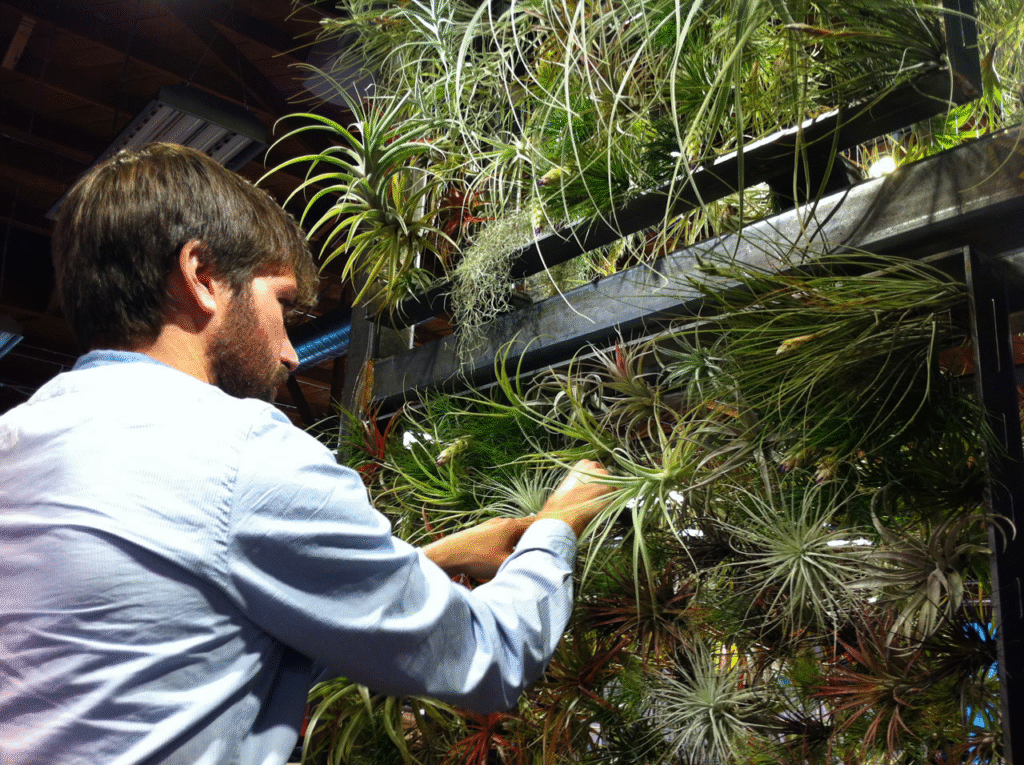
Create botanical artwork by mounting succulent arrangements in shallow picture frames. These striking displays require minimal water and can be hung like traditional art.
How to Create:
- Select a shallow shadow box or build a wooden frame 2-3 inches deep
- Line with hardware cloth and landscape fabric
- Fill with succulent potting mix
- Plant a design using small succulent cuttings
- Allow to root for 2-3 weeks while lying flat before hanging
Maintenance Tip: Mist rather than water these gardens to prevent oversaturation.
Edible Living Walls
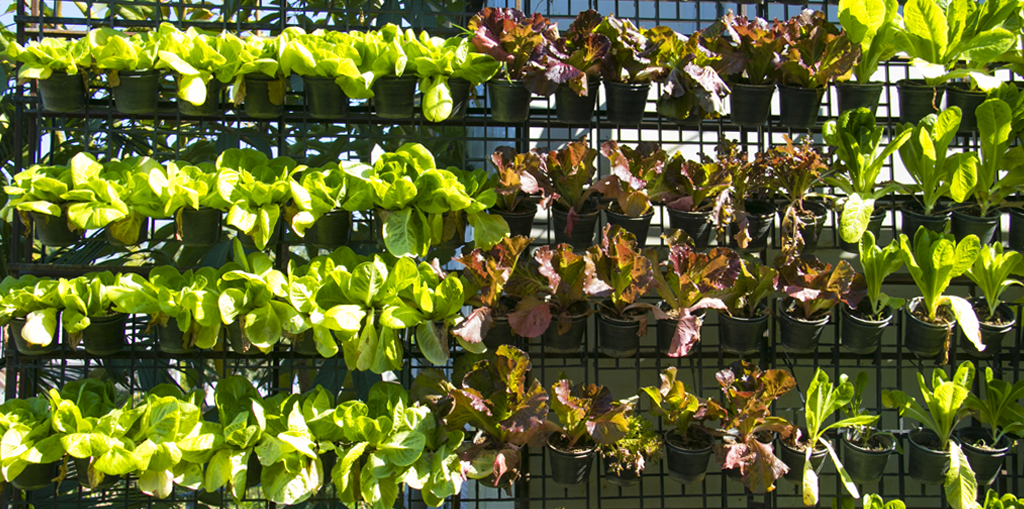
Combine beauty and functionality by creating vertical kitchen gardens that supply fresh herbs and greens year-round.
Best Edibles for Vertical Gardens:
- Compact herbs like thyme, oregano, and chives
- Leafy greens including lettuce varieties and spinach
- Strawberries, which naturally cascade over edges
- Dwarf pepper varieties for added color and culinary value
Design Consideration: Place highest-maintenance edibles at eye level for easy harvesting and monitoring.
Upcycled Material Gardens
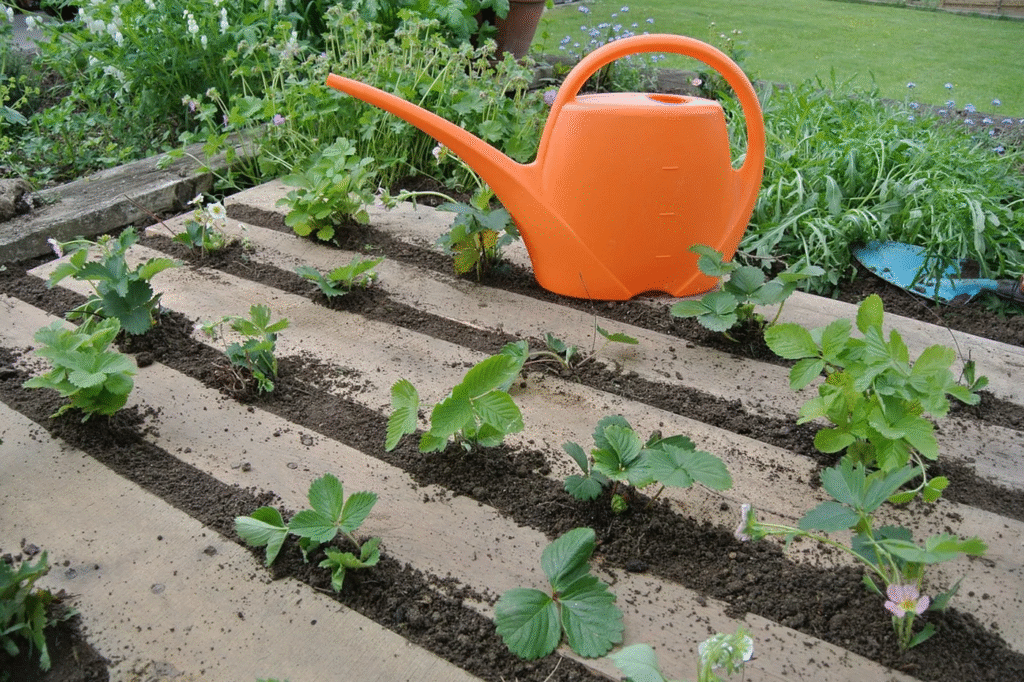
Transform everyday objects into unexpected garden features:
Creative Container Ideas:
- Repurposed rain gutters mounted in rows
- Hanging shoe organizers filled with soil
- Old wooden ladders as planting structures
- Metal filing cabinets with drawers transformed into planting beds
- Pallet gardens with lined planting pockets
Environmental Benefit: These approaches reduce waste while creating unique garden features with character and history.
Integrated Vertical Water Gardens
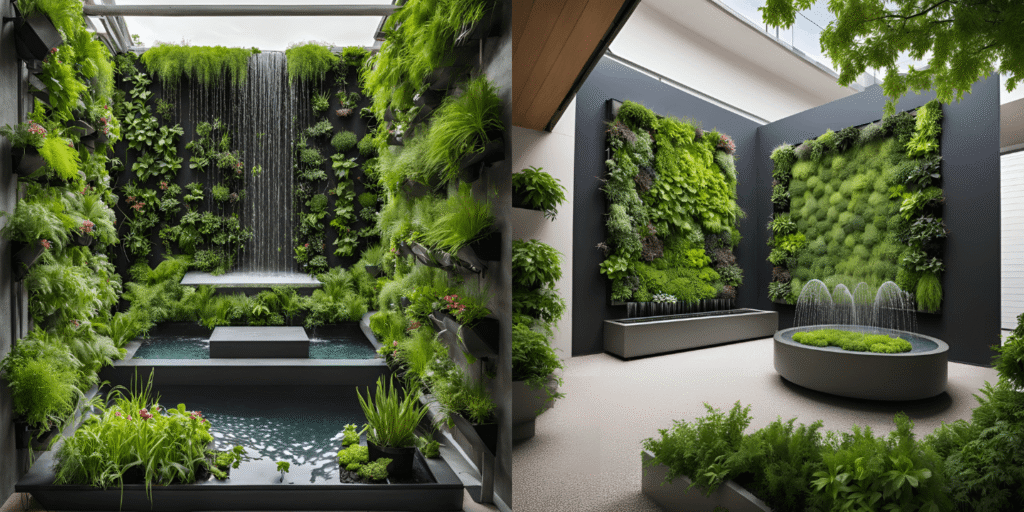
Combine the soothing elements of water features with vertical planting for multi-sensory impact:
System Components:
- Water-recirculating pump system
- Waterproof backing structure
- Aquatic and moisture-loving plants
- Collection basin concealed with decorative elements
Maintenance Consideration: These systems require regular water quality monitoring and occasional pump maintenance.
Freestanding Vertical Garden Systems: Green Division for Any Space
Not every vertical garden needs a permanent wall. Freestanding systems offer flexibility, mobility, and design opportunities for temporary or rental spaces.
Mobile Green Walls
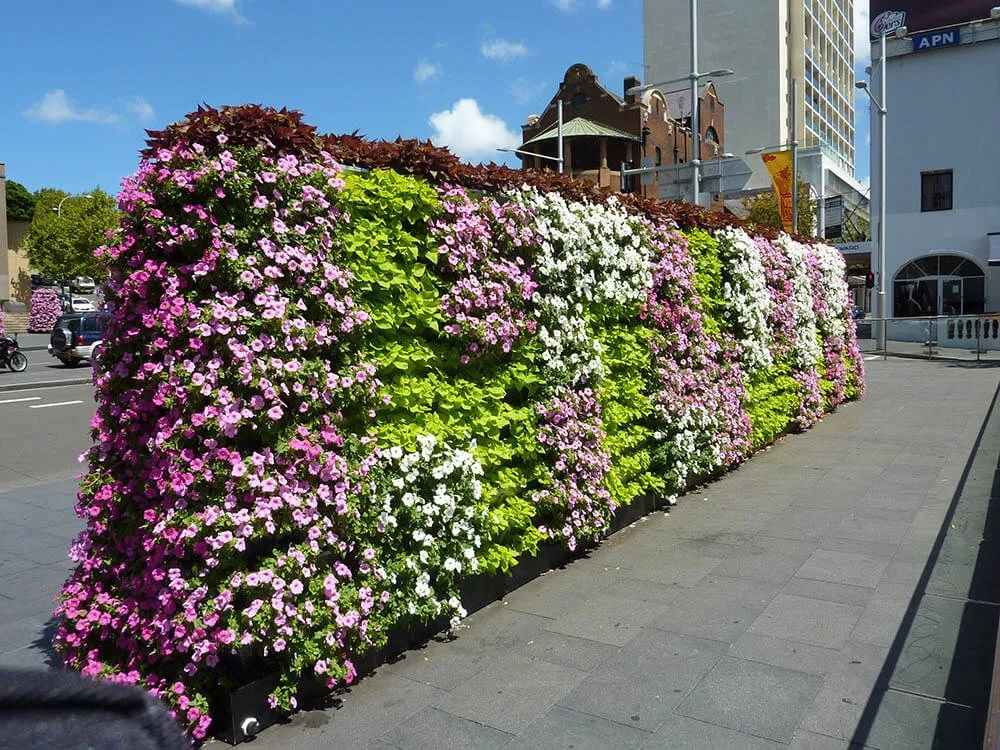
These self-contained units can be repositioned as needed, allowing for seasonal adjustments or event staging.
Key Features to Look For:
- Locking casters for stability when positioned
- Self-contained water reservoirs with level indicators
- Adjustable light systems for indoor applications
- Modular design allowing for customized configurations
Best Uses: Event spaces, seasonal retail displays, adaptable home division, seasonal sun tracking.
Vertical Hydroponic Towers
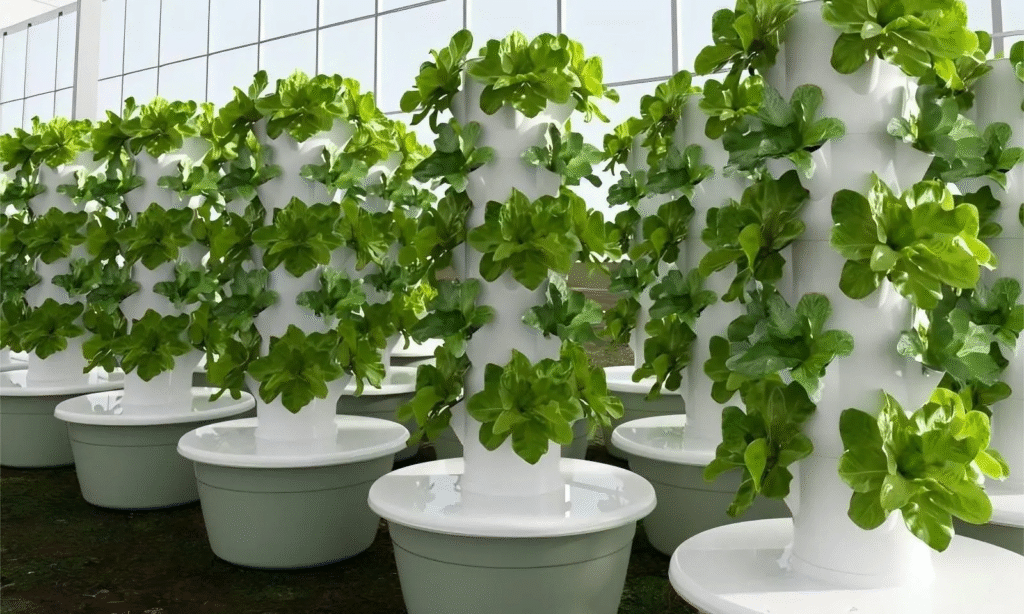
These soilless growing systems maximize productivity in minimal space, making them ideal for edible gardens.
System Benefits:
- Reduced water consumption (up to 90% less than conventional gardening)
- Accelerated growth rates
- Elimination of soil-borne diseases
- Simple nutrient management
Plant Options: Leafy greens, herbs, strawberries, and compact vegetables like cherry tomatoes and peppers.
Living Privacy Screens
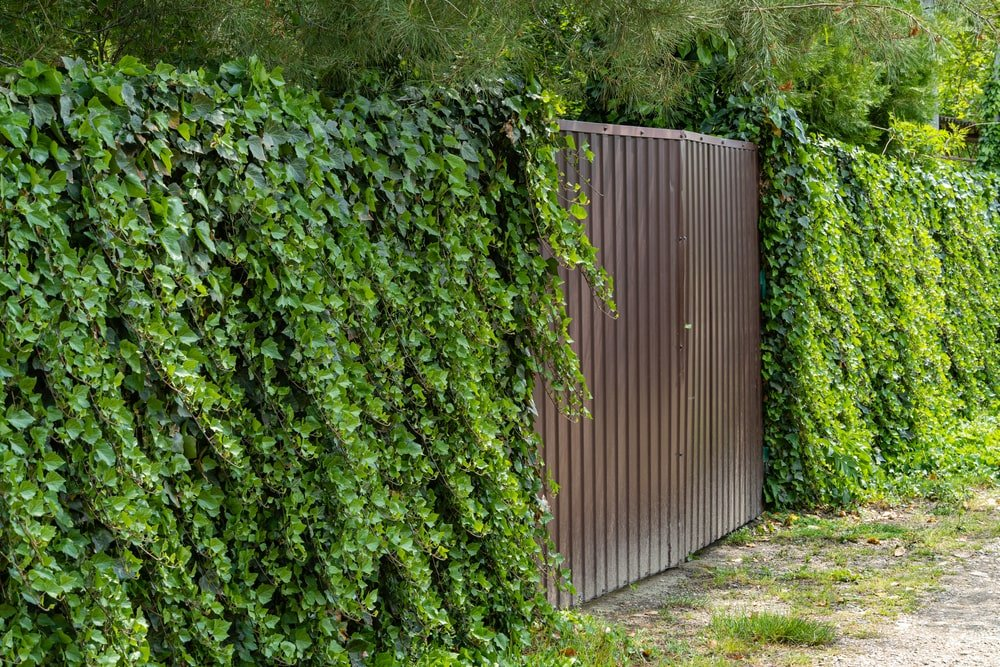
Create green boundaries that provide both privacy and beauty with these standalone options:
Structure Types:
- Trellised panels with climbing plants
- Double-sided pocket systems allowing planting on both faces
- Container columns connected with wire or mesh for vine support
- Modular stacking components that can be reconfigured
Design Tip: Consider seasonal changes if using for privacy – deciduous plants will provide less screening in winter months.
Installation and Maintenance: Setting Your Garden Up for Success
Even the most beautiful vertical garden design will fail without proper installation and ongoing care. These technical aspects ensure long-term success.
Structural Considerations
Weight Management: Fully saturated vertical gardens can weigh 10-25 pounds per square foot. Ensure your supporting structure can handle this load.
Waterproofing: Protect underlying walls with appropriate barriers:
- Commercial waterproofing membranes for permanent installations
- Plastic sheeting for temporary or DIY projects
- Air gaps between the garden and supporting wall
Attachment Methods: Select appropriate mounting based on wall type:
- Masonry anchors for brick or concrete
- Stud-finding and direct attachment for wood frame walls
- Specialized hanging systems for plaster or drywall
Irrigation Systems
Water management presents the greatest challenge for vertical gardens. Consider these options:
Drip Irrigation: The most reliable system for most vertical applications:
- Timer-controlled for consistent moisture
- Pressure-compensating emitters ensure even distribution
- Multiple zones allow customization for different plant needs
Self-Watering Systems: Particularly effective for indoor applications:
- Wicking systems draw water from reservoirs as needed
- Capillary mats distribute moisture evenly
- Water level indicators prevent overwatering
Manual Watering Considerations: If hand-watering, design should include:
- Accessible areas without requiring ladders
- Catch systems for runoff
- Plants arranged by water needs for targeted application
Soil and Media Selection
Vertical gardens require specialized growing media that balances water retention with drainage:
Optimal Components:
- Lightweight expanded clay aggregates for drainage and root aeration
- Coconut coir for water retention without compaction
- Composted bark for slow-release nutrients
- Perlite or pumice to maintain air pockets
- Mycorrhizal fungi additives to enhance nutrient uptake
- Moisture-retention polymers for reduced watering frequency
Pre-Mixed Options: Commercial vertical garden media offers optimized formulations for different system types.
Seasonal Maintenance Calendar
Spring Tasks:
- Replace winter-damaged plants
- Prune for new season growth
- Apply slow-release fertilizer
- Check and repair irrigation systems
- Monitor for pest emergence
Summer Tasks:
- Increase watering frequency during heat
- Prune for density control
- Monitor for drought stress
- Apply liquid fertilizer for heavy feeders
- Harvest edibles at peak
Fall Tasks:
- Reduce fertilization
- Replace summer annuals with cold-tolerant varieties
- Check irrigation for winter preparedness
- Apply protective coverings if needed
- Harvest final edibles
Winter Tasks:
- Reduce watering frequency
- Monitor for disease in reduced light
- Prune dormant plants
- Protect irrigation systems from freezing
- Plan spring replacements and redesigns
Troubleshooting Common Vertical Garden Challenges
Even well-planned vertical gardens encounter issues. These solutions address typical problems gardeners face.
Uneven Growth Patterns
Problem: Plants grow inconsistently across the garden, with some areas thriving while others struggle.
Solutions:
- Check for irrigation blockages or uneven water distribution
- Investigate microclimates within the vertical space (hot spots, drafts, shade patterns)
- Consider plant competition – aggressive species may be stealing resources
- Rotate plants if possible to provide equal light exposure
Nutrient Deficiencies
Problem: Plants show yellowing, stunted growth, or unusual coloration despite adequate watering.
Solutions:
- Implement regular fertilization schedule appropriate to plant types
- Consider foliar feeding for quick correction of deficiencies
- Test growing medium pH as nutrient availability depends on proper pH range
- Replace or refresh growing medium in long-term installations
Pest Management in Vertical Systems
Problem: Pest infestations can spread rapidly through densely planted vertical gardens.
Integrated Management Approach:
- Introduce beneficial insects appropriate to your pest challenges
- Use sticky traps for early detection and monitoring
- Apply neem oil or insecticidal soap treatments when necessary
- Provide adequate air circulation to reduce fungal disease
- Isolate and replace severely affected plants before infestation spreads
Expert Tips for Vertical Garden Success
Professional vertical garden designers share their hard-earned wisdom:
“Begin with a moisture meter,” advises Thomas Chen, vertical garden installation specialist. “Most failures stem from improper watering. A simple moisture meter removes the guesswork and prevents both overwatering and drought stress.”
“Think about your vertical garden in layers,” suggests landscape designer Eliza Greenfield. “Front-facing plants should be shallow-rooted and visually interesting, while background plants can provide structural support and fill space. This layering creates depth and resilience in the system.”
“Don’t overlook plant spacing,” warns horticulturist James Peterson. “Most beginners plant too densely for immediate impact, but this leads to competition and poor air circulation. Allow space for mature size, even if it looks sparse initially.”
Conclusion: Elevating Your Green Space
Vertical gardens represent an exciting frontier in modern gardening, allowing us to reimagine how and where we grow plants. Whether you choose a simple trellis system or an elaborate living wall, these gardens bring life to previously unused spaces while creating striking visual impact.
The key to success lies in thoughtful planning – considering structural support, plant selection, water management, and ongoing maintenance from the beginning. With proper preparation and care, your vertical garden can transform an ordinary wall into an extraordinary living showcase that enhances your environment while expressing your creative vision.
As you embark on your vertical gardening journey, remember that these living installations evolve over time. Embrace the learning process, be willing to make adjustments, and enjoy watching your vertical space transform into a thriving ecosystem that brings nature’s beauty into new dimensions.

